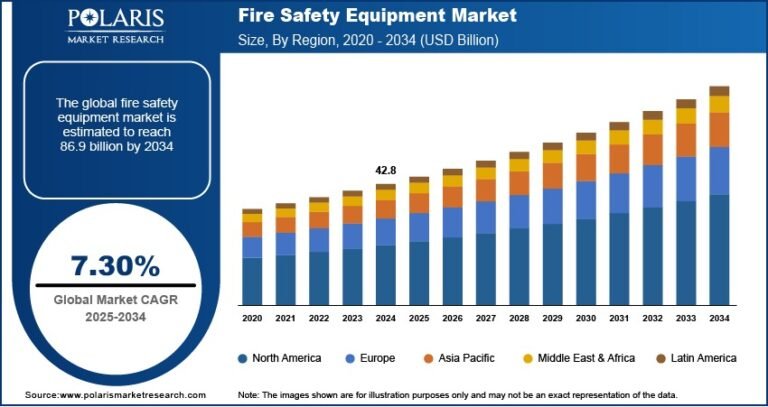Smart Airports Market Size Worth USD 21.31 Billion by 2034 | CAGR: 9.8%

The smart airports market size was valued at USD 8.39 billion in 2024. It is projected to grow from USD 9.19 billion in 2025 to USD 21.31 billion by 2034, exhibiting a CAGR of 9.8% during 2025–2034. The continuous growth in global air passenger traffic boosts the demand for smart airport solutions. Airports worldwide are facing increasing pressure to handle larger volumes of passengers efficiently without compromising safety or the passenger experience.
Market Overview
The Smart Airport market is undergoing a transformative evolution, driven by the integration of advanced technologies such as AI, IoT, biometrics, and big data analytics into airport operations. These technologies are reshaping the way airports manage security, passenger experience, air traffic, baggage handling, and operational efficiency. The goal is to create a seamless, automated, and data-driven environment that enhances both passenger satisfaction and airport productivity.
Airports across the globe are embracing digital transformation to reduce congestion, enhance safety, optimize resources, and personalize services. As air travel demand rebounds and sustainability becomes a key focus, smart airport solutions are being prioritized to modernize outdated infrastructure, support contactless travel, and meet environmental goals.
https://www.polarismarketresearch.com/industry-analysis/smart-airport-market/request-for-sample
Smart Airport Market Size & Forecast
- Market Size in 2025: USD 9.19 Billion
- Revenue Forecast for 2034: USD -21.31 Billion
- CAGR (2025–2034): 9.8%
Market Trends & Insights
- Biometric and Contactless Technology Adoption
Airports are increasingly using facial recognition, touchless check-in, and e-gates to streamline passenger flow and improve safety through minimal physical contact. - AI and Data Analytics in Operations
AI-powered systems enable real-time monitoring and predictive maintenance, while data analytics help optimize flight scheduling, gate assignment, and crowd management. - IoT and Smart Infrastructure
IoT devices are used for asset tracking, baggage management, and energy-efficient building controls, creating a more responsive and connected airport environment. - Focus on Sustainability and Green Airports
Smart airports are incorporating renewable energy sources, waste reduction systems, and electric ground support equipment to align with global carbon reduction goals.
Key Growth Drivers
- Rising global air passenger traffic and need for capacity expansion
- Demand for real-time information and seamless passenger experiences
- Increased focus on airport security and operational efficiency
- Government initiatives for smart infrastructure development
- Integration of digital technologies post-COVID-19
Conclusion
Smart airports are leading aviation’s digital transformation, offering efficiency, safety, and enhanced passenger experiences through advanced technologies and sustainable operations.






